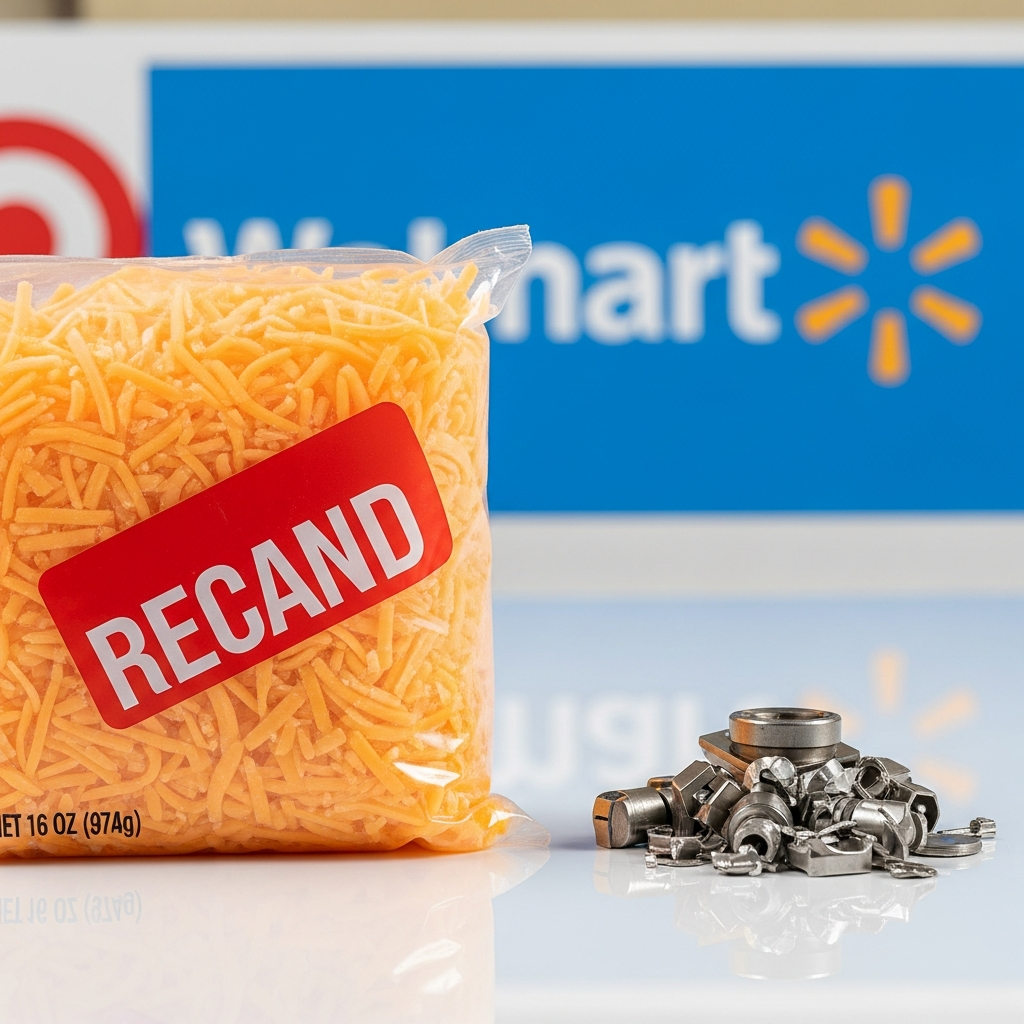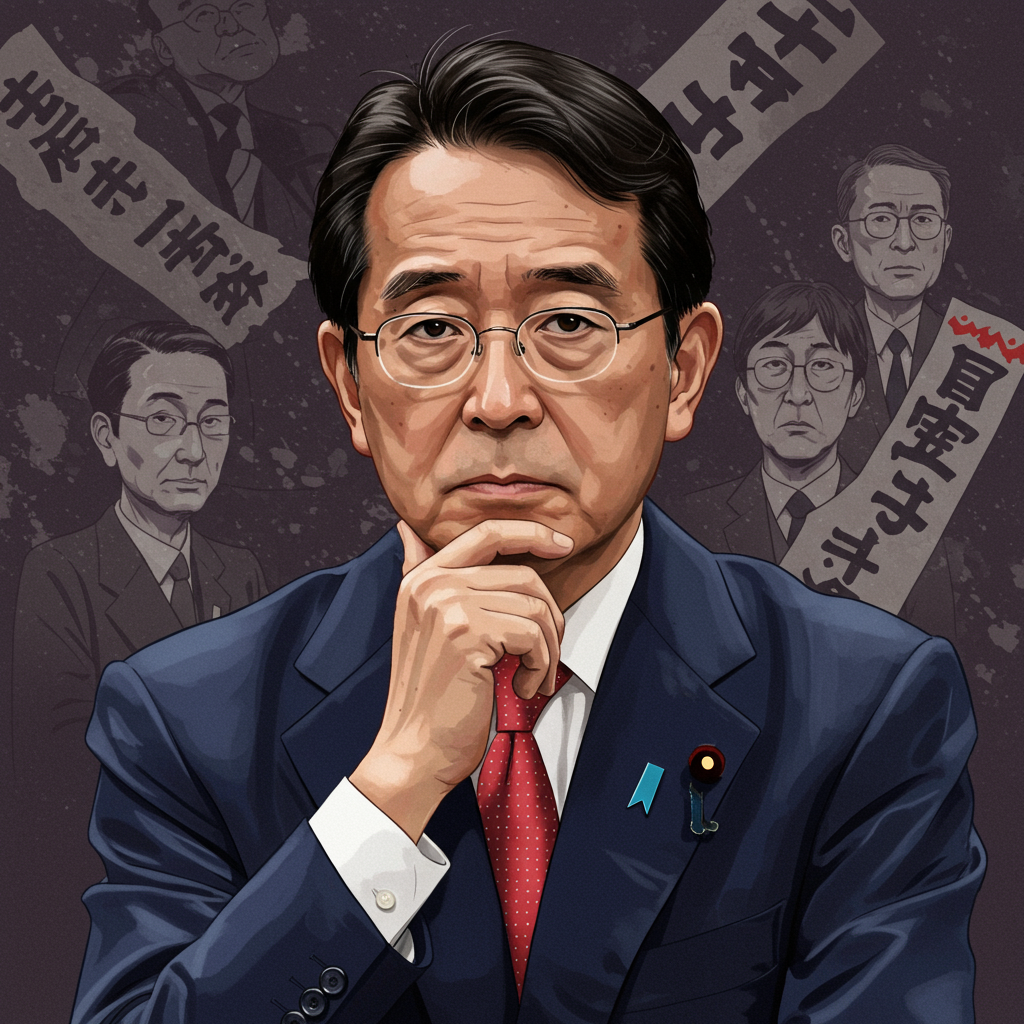Jury Delivers “Not Guilty” Verdict in High-Profile Karen Read Trial
Dedham, MA – After more than seven weeks of intense testimony and over 20 hours of deliberation, a jury on Wednesday acquitted Karen Read of murder and manslaughter charges in the 2022 death of her boyfriend, Boston Police Officer John O’Keefe. Read, 45, was found not guilty of second-degree murder, manslaughter while operating under the influence of liquor, and leaving the scene of an accident resulting in death. The sole conviction against her was for the lesser charge of operating under the influence (OUI).
The verdict brought starkly different emotional reactions inside and outside the courtroom. Karen Read reportedly wept as the “Not Guilty” findings were read, while a crowd of her supporters outside the Norfolk Superior Court burst into cheers. In contrast, John O’Keefe’s family appeared visibly distressed, with his brother holding his head in his hands during the reading of the verdicts, and they left the courtroom silently after the proceedings concluded.
The jury’s decision was foreshadowed earlier in the day when notes sent to the judge referenced “lesser included” offenses under the manslaughter charge, indicating they were considering options like the OUI count.
Sentencing for OUI Conviction
Following the verdict, the focus shifted to sentencing for the single OUI conviction. Special prosecutor Hank Brennan recommended that Read complete the standard state’s 24(d) program for a first-time OUI offense. This typically includes outpatient treatment, loss of driving privileges, and probation.
Defense attorney David Yannetti agreed, stating they simply asked that Read be treated no differently than any other first-time OUI offender. Judge Beverly J. Cannone accepted the recommendation, noting it was the standard procedure. According to retired state Superior Court Judge Jack Lu, a first-time OUI conviction like this rarely results in jail time, describing the overall outcome for the defense as a “stunning win.”
Conflicting Narratives: Prosecution vs. Defense
The trial featured dramatically opposing theories regarding John O’Keefe’s death, which occurred in a snowbank outside a home in Canton, Massachusetts, in January 2022.
Prosecution’s Case: Special prosecutor Hank Brennan argued the case was “simple.” He contended Read, in a jealous rage fueled by alcohol in a deteriorating relationship, struck O’Keefe with her Lexus SUV and left him to die in the cold. His summary: “She got drunk, she hit him, she left him to die. It’s that simple.”
Defense’s Counter: Led by attorney Alan Jackson, the defense maintained there was “no collision” at all. Their core argument posited that Read was being framed by a group of law enforcement officers involved in the case. They alleged a conspiracy to cover up the true circumstances of O’Keefe’s death, arguing that he died from a beating inside the house before his body was moved outside to stage a vehicle strike and implicate Read. The defense pointed to the lack of typical vehicle-strike injuries on O’Keefe’s body, such as bruising or broken bones in the extremities, as evidence against the prosecution’s theory. They also relentlessly criticized the police investigation as “corrupt” and marked by “sloppy work,” asserting that “Reasonable doubt abounds.”
Observers noted a shift in the defense’s strategy compared to an earlier trial. Instead of heavily focusing on identifying an alternative suspect, the defense in the retrial centered their case on the “kinetics and physics” – arguing that the evidence simply didn’t support a vehicle collision and challenging the cause of death presented by the state. This approach was seen as more effective in establishing reasonable doubt about Read’s direct involvement in causing O’Keefe’s death by car.
Trial Drama and Lingering Questions
The lengthy trial had its moments of drama and procedural complexities. During deliberations, the jury sent notes querying hypothetical scenarios regarding hung juries and seeking clarification on lesser included offenses, which legal experts interpreted as signs they were nearing a decision and weighing the different charges. On the day of the verdict, there was a brief period where the jury initially indicated they had reached a verdict, then quickly rescinded the notification before formally announcing their decision a short time later.
Earlier in the trial, tension flared, notably during special prosecutor questioning of a defense witness about holes in O’Keefe’s sweatshirt, which the defense proved were made by a crime lab technician, leading to a denied mistrial request but judicial instruction for the jury to disregard the errant testimony. Defense experts also testified, including a forensic pathologist who detailed O’Keefe’s severe head injuries, laying groundwork to challenge the cause of death as a vehicle strike.
Following the acquittal on the most serious charges, Read briefly addressed supporters outside, stating, “No one has fought harder for justice for John O’Keefe than I have.” Her father expressed relief and gratitude.
Despite the conclusion of the criminal trial, legal proceedings related to John O’Keefe’s death continue. O’Keefe’s family has filed a separate wrongful death lawsuit against Karen Read and two Canton bars, alleging the bars overserved Read alcohol on the night of O’Keefe’s death. This civil case remains active, ensuring the legal battle over O’Keefe’s death is not entirely over. The high-profile and often contentious case has deeply divided public opinion in the Boston area, and unresolved questions surrounding the precise circumstances of John O’Keefe’s death persist.
Amid concerns for juror safety, the court ordered the impoundment of the juror list for at least 10 days.



